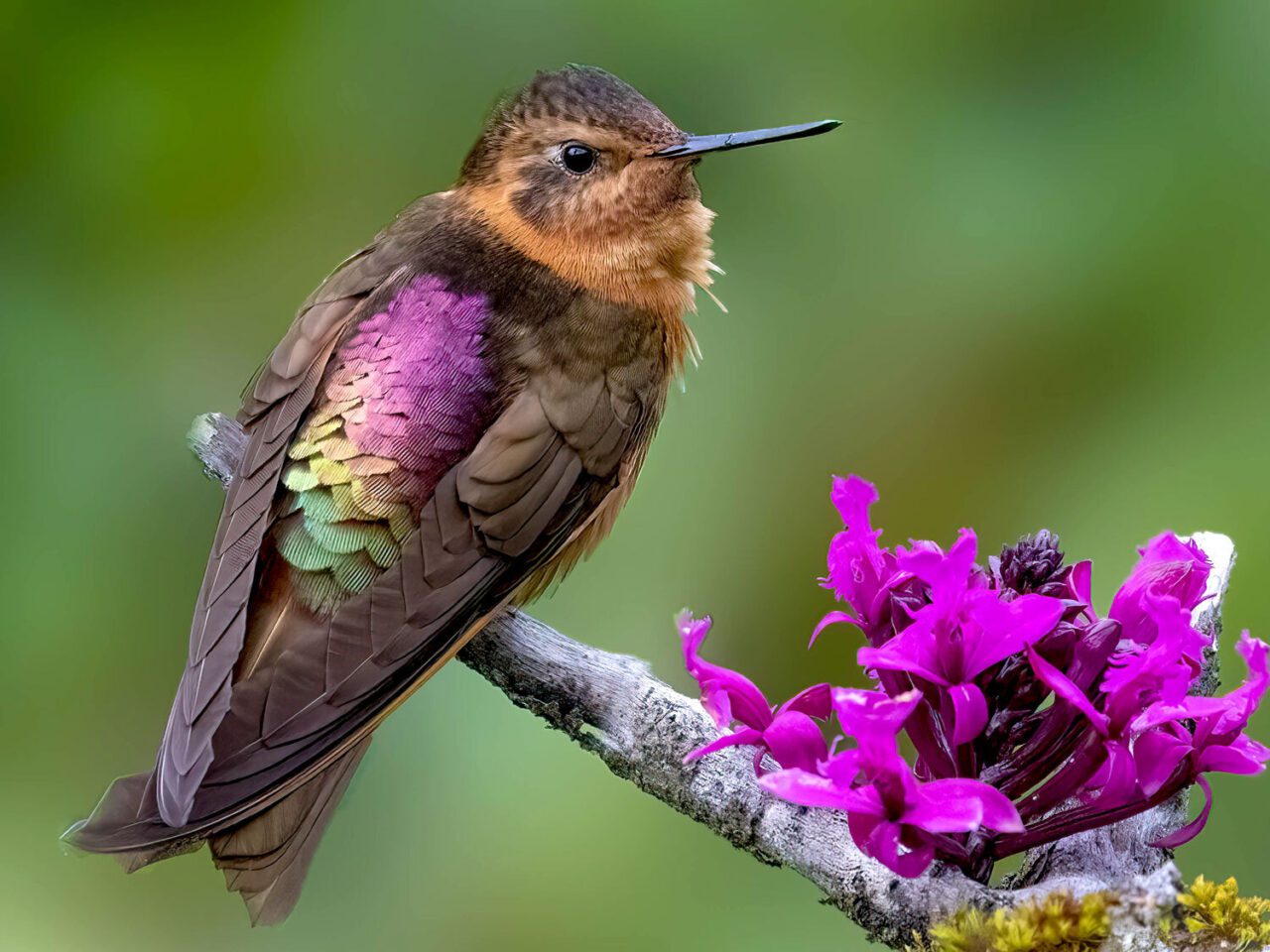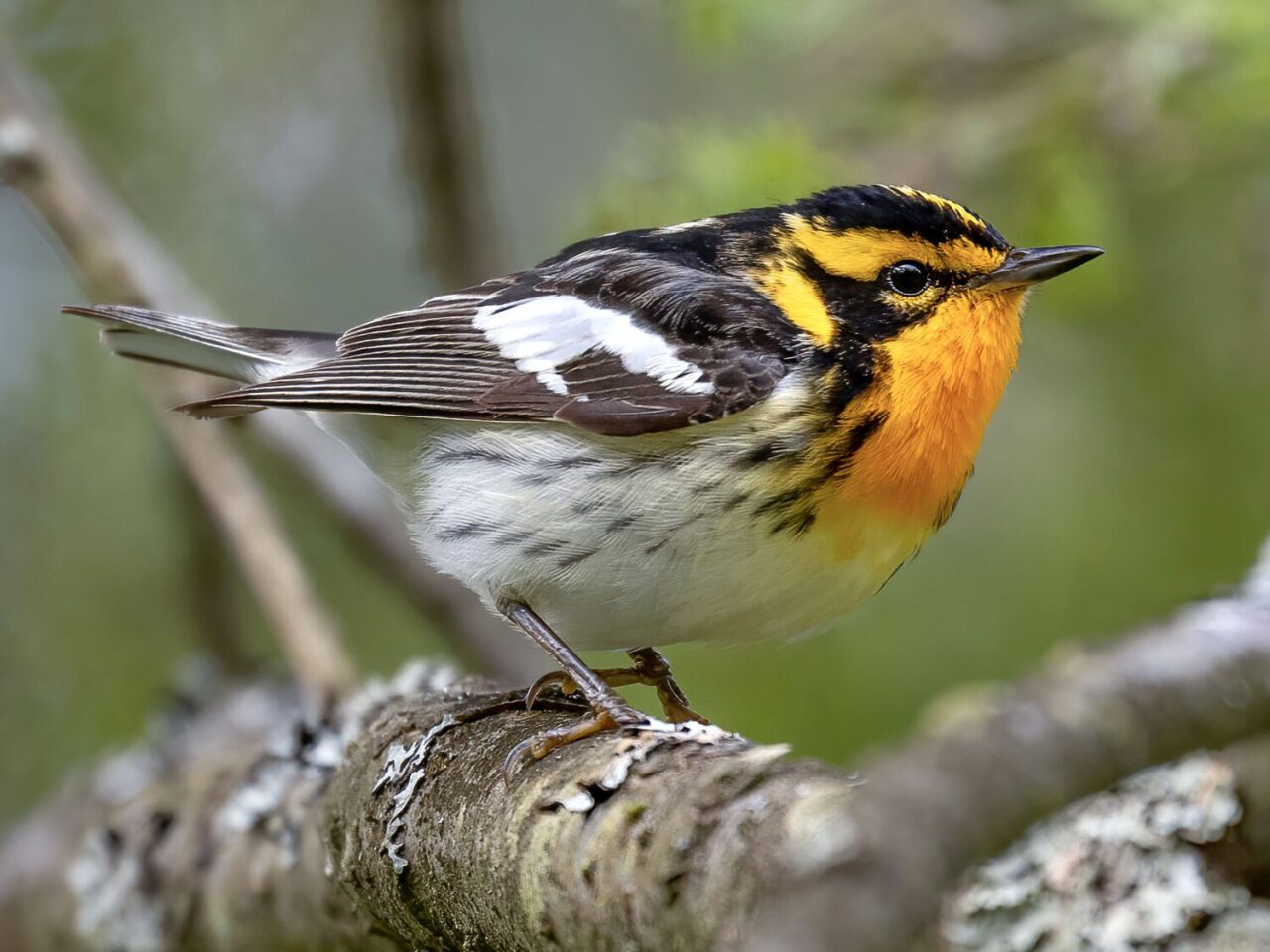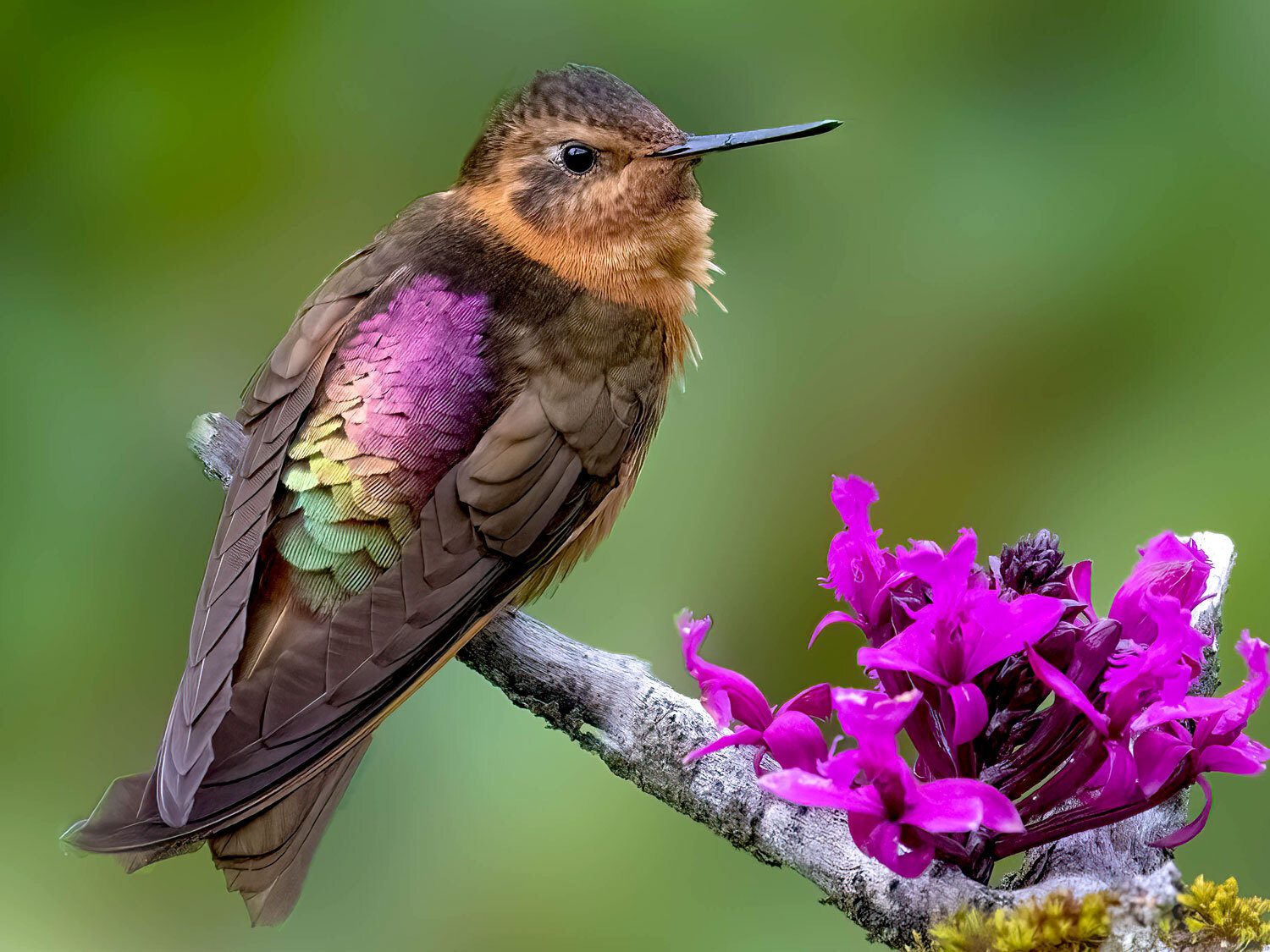
It’s a big moment in ornithology. On November 1, the American Ornithological Society (AOS) announced the historic decision to change the English names of birds currently named after a person (“eponymous” bird names), and to engage the public in selecting the new names.
The plan is to use a phased approach, starting with a pilot exercise and then focusing on 70 to 80 species in the U.S. and Canada first. The AOS currently maintains authoritative bird checklists for North, Central, and South America. Beyond the U.S. and Canada within this purview, the AOS will work with ornithological societies in those regions, in ways that are aligned with their wishes. There are 152 species with eponymous names currently on the list of birds determined by the AOS North American Classification Committee and 111 determined by the South American Classification Committee, so about 5.5% of the species in the region.
AOS’s prime reason for the changes is to try to make birds and birdwatching open and welcoming to as many people as possible. The rationale is threefold: some bird names are deemed offensive or exclusionary because of the actions of the people they are named after; it’s going to be extremely difficult to achieve consensus on exactly which person should or shouldn’t have a bird named after them; so it’s better to move away from eponymous names altogether. The AOS also points out that this exercise provides a chance to give birds names that are more useful in indicating how they look or sound, where they live, or even a characteristic behavior.
I’m supportive of AOS’s decision and agree with that logic. I’m also pleased to see the phased approach, and particularly the commitment to work with ornithological societies in Latin America and other areas outside the U.S. and Canada to understand how to handle changes to names in these regions. The same discussions are happening for other groups of organisms, so I’m proud the birdwatching community is brave enough to be the first to take on the challenge.

At the same time, I’m keenly aware that people feel a strong attachment to certain species names. I suspect I’ll pine a little for Blackburnian Warbler—yes, it’s eponymous!—although I can easily see the charm of something like Fire-throated Warbler. The decision to change eponymous bird names can feel culturally or politically charged, as well, which some people will likely see as a distraction, especially at a time of such conservation need. Moreover, many of the species also occur in other geographic regions, where it’s not yet clear how renaming will be perceived. It’s going to be important to listen to different perspectives, and respect the views of fellow birdwatchers, even when we don’t agree with each other.
From the perspective of the Cornell Lab of Ornithology, we’re looking forward to getting involved in what looks set to be a big, exciting campaign to select the new names for U.S. and Canadian species. I’m hoping we’ll end up with a few names as evocative as the Shining Sunbeam, a stunning hummingbird of the Andes. Once they’ve been determined, we plan to use the new names in American English-language versions of our platforms like Merlin, eBird, All About Birds, and Birds of the World. We already support about 100 sets of common names , and we update our taxonomy each year, so we’re well positioned to support the changes. To accommodate international differences, we can continue to defer to regional naming authorities on which common names to use. We’re also thinking about ways to help people with the changes as they roll out, because although we’re all used to occasional changes in a few bird names, this is an unprecedented number of species.
I strongly believe we should use this as an opportunity to get even more people interested in birds, and to demonstrate that birdwatchers are serious about breaking down barriers. In building a movement for nature, we need the biggest possible tent in terms of the people involved. Birds are unique in their ability to bring people together. Let’s be bold and embrace this opportunity to make the tent even bigger.

